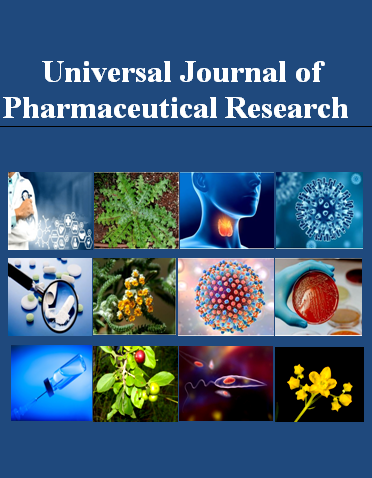A SYSTEMS BASED APPROACH TO MICROBIOLOGICAL QUALITY ASSESSMENT IN A HEALTHCARE FACILITY’S WATER DISTRIBUTION NETWORK: A CASE STUDY
Keywords:
Biofilm, healthcare associated infections, hospital water quality, opportunistic pathogens, ultrafiltration, water treatmentAbstract
Background: Water distribution systems within healthcare facilities are complex ecosystems that can harbor opportunistic pathogens, posing a significant risk to patient safety. Ensuring the microbiological quality of water requires rigorous monitoring and a deep understanding of the entire system, from source to point-of-use. This study undertakes a comprehensive statistical analysis of microbiological data from a healthcare facility’s water treatment and distribution network to identify contamination hotspots, evaluate the efficacy of critical treatment barriers, and map potential contamination pathways.
Methods: This retrospective case study analyzed heterotrophic plate count (HPC) data collected from 29 distinct sampling points throughout a healthcare facility’s water system. The points represented various stages, including municipal source water, intermediate treatment steps (softening, ultrafiltration, reverse osmosis), storage tanks, and multiple points-of-use. Non-parametric statistical methods were employed due to the non-normal distribution of microbial data. A Kruskal-Wallis test with Dunn's post-hoc analysis was used to compare microbial loads across all sampling points. A focused Mann-Whitney U test was performed to assess the performance of the ultrafiltration (UF) unit.
Results: The analysis revealed significant variability in microbiological quality throughout the system (Kruskal-Wallis, p<0.0001). One point-of-use and a pre-UF exhibited high median microbial counts and extreme variability, indicating chronic contamination and potential biofilm proliferation. Critically, the ultrafiltration unit failed to demonstrate a statistically significant reduction in microbial load between the pre-filter.
Conclusion: The data reveals variability in microbiological levels across the water system, suggesting that the ultrafiltration barrier's performance is a significant factor influencing downstream water quality. The data points to systemic issues, likely involving widespread biofilm, that compromise water quality at the points-of-use.

Peer Review History:
Received 1 June 2025; Reviewed 8 July 2025; Accepted 14 August; Available online 15 September 2025
Academic Editor: Dr. Tamer Elhabibi , Suez Canal University, Egypt, tamer_hassan@pharm.suez.edu.eg
, Suez Canal University, Egypt, tamer_hassan@pharm.suez.edu.eg
Reviewers:
 Dr. Gülay B Anadolu, Anadolu University, Eskisehir, Turkey, gbuyukko@anadolu.edu.tr
Dr. Gülay B Anadolu, Anadolu University, Eskisehir, Turkey, gbuyukko@anadolu.edu.tr
 Prof. Dr. A. Hakan AKTAŞ, Süleyman Demirel University, Faculty of Science and Art, Department of Chemistry, Isparta-Turkey, hakanaktas@sdu.edu.tr
Prof. Dr. A. Hakan AKTAŞ, Süleyman Demirel University, Faculty of Science and Art, Department of Chemistry, Isparta-Turkey, hakanaktas@sdu.edu.tr
Downloads

Published
How to Cite
Issue
Section
Copyright (c) 2025 Universal Journal of Pharmaceutical Research

This work is licensed under a Creative Commons Attribution-NonCommercial 4.0 International License.









 .
.